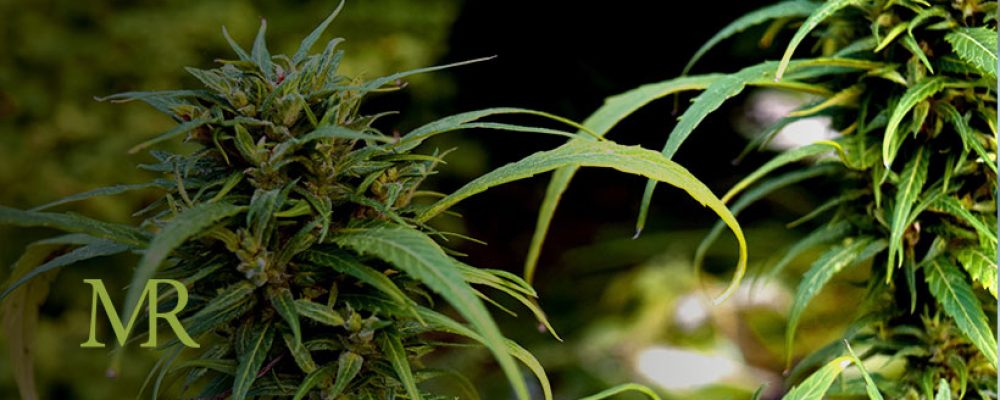Cannabis has been a true essential for many during COVID-19. In contrast, many businesses have shuttered during the pandemic, while the weed industry has been posting explosive sales figures. Throw in some pending federal legalization, and you have yourself a lucrative industry on a level that hasn’t been experienced in decades. Unlimited earning and growth potential is so close, you can almost reach out and touch it.
What isn’t in unlimited supply? Farmland. And that topic has become a point of contention for some. The boom in cannabis farming has land experts pensive about a shortage of farmable land. Because many hemp and cannabis farmers could afford to pay top dollar per acre for farmland, landowners happily accepted the fact that their land was now worth so much more. For non-hemp or cannabis farmers, options became extremely limited as affordable pieces of land were in short supply; others found that long-term land lease handshake deals weren’t renewed.
In other words, a second green rush is upon us—the farmland grab of a new era. The legal cannabis industry was valued at more than $9 billion worldwide in 2019 by Grand View Research, a consultancy group. As weed becomes more mainstream (and more profitable), bigger fish in the corporate pond will want to have their hand in the cannabis industry.
Under pressure
Prime farmland was already being squeezed. Under constant demand from urban and industrial growth, including rural properties, available plots disappeared at a fast clip. Some jurisdictions are dealing with land via strict restrictions in states and localities where cannabis cultivation facilities are allowed to operate. In other words, demand for those plots of land that meet requirements for cannabis cultivation will be fiercely fought for.
Land grab
While most indoor cannabis cultivation usually happens in warehouses in industrial or urban areas, outdoor and quasi-outdoor production is still prevalent in rural areas with climates conducive to growing cannabis, like Oregon and California. That said, I’ve worked in the regulated cannabis industry (two adjacent Tier II farms), and even I felt a twinge of unease as I watched a beautiful swath of flat, irrigated farmland sold to a buyer that graveled over the lush fields and transformed it into rows of mammoth-sized, light-dep greenhouses. That supports data from cannabis growers polled by University of California researchers. In their 2018 survey, more than three-quarters of respondents said their operations were outdoor or in greenhouses. Either way, large chunks of land are required.
Weed vs. Food
Could cannabis cultivation affect food production? Possibly. In British Columbia, another major cannabis producer, greenhouses customarily used for growing food have been bought by the cannabis industry. It’s safe to say that cities and counties will regulate cannabis as part of the broader economy within the next five years. And in states ravaged by wildfires, like Oregon, farmland faces even more pressure, both in supply and in possible soil quality issues stemming from environmental disarray. Some farmers in Oregon have lost income due to rising land use related to wine, marijuana, and hemp farming; ergo, smaller-scale livestock farmers, most likely won’t afford to expand due to high land prices.
As the push goes toward the federal legalization of cannabis — whether or not the feds will allow for interstate commerce — more land will be used to cultivate cannabis. Right now, close to two-thirds of U.S. states have legalized cannabis for either medical or recreational use.


